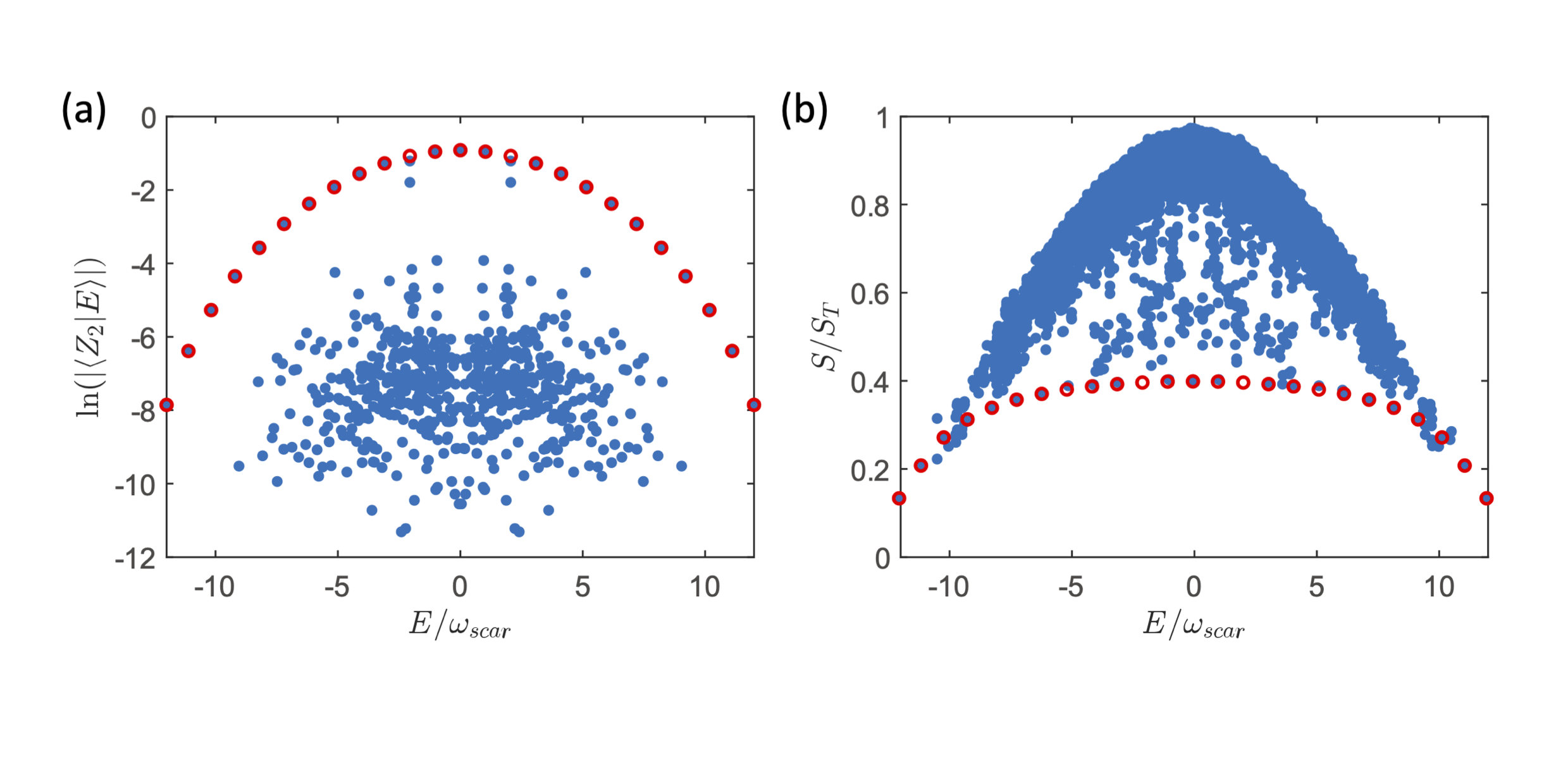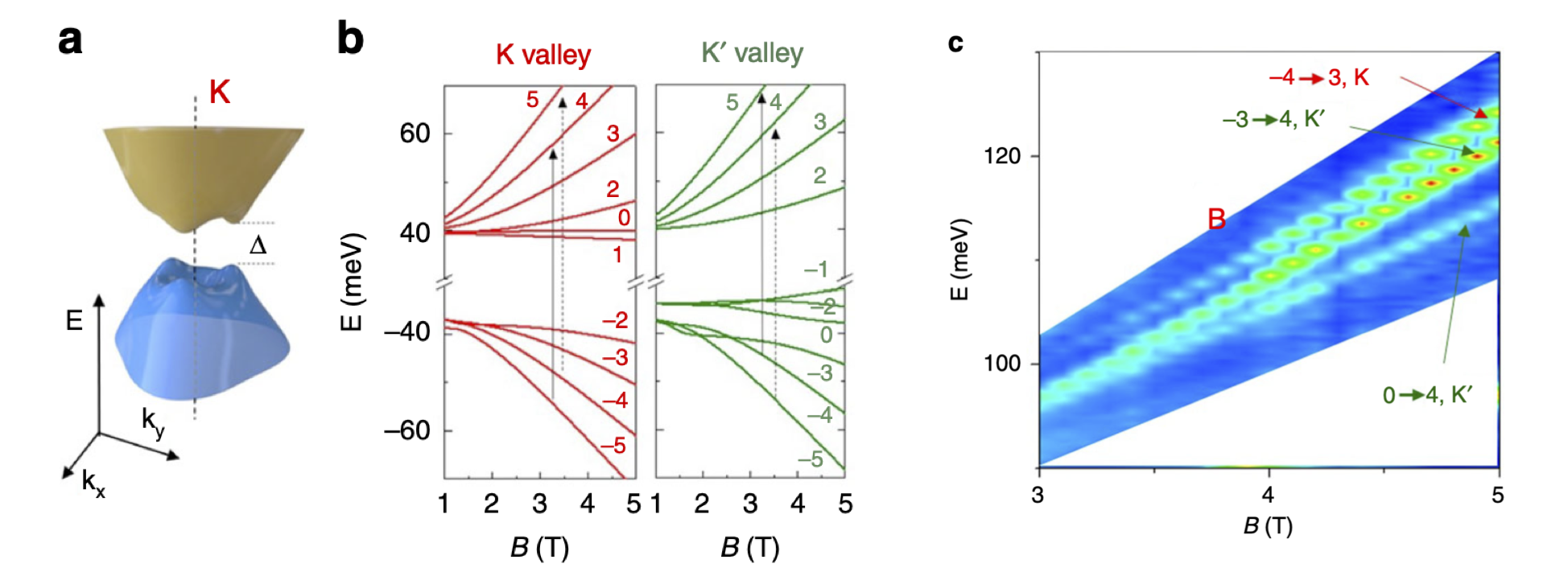Non-equilibrium phases of matter
Recently, substantial experimental and theoretical efforts have been devoted to studying the conditions under which an isolated quantum system comes to effective thermal equilibrium. While thermalization is expected in many cases, an interacting many-body system may fail to thermalize due to strong quenched disorder, leading to a breakdown of the eigenstate thermalization hypothesis. This phenomenon, now known as many-body localization (MBL), has greatly expanded our understanding of out-of-equilibrium dynamics in interacting quantum many-body systems. The study of MBL and other non-equilibrium phases of matter is currently one of the main research directions in my group.
Stability of quantum many-body scar states

In this work we analyzed the stability of two-dimensional PXP model (a form of quantum many-body scar states) against random disorders. For more details, you can refer to our preprint at arXiv:2102.08241.
Quantum simulations
We are interested in the theoretical studies of analog quantum simulations. They will provide invaluable insights for us to benchmark our theoretical understanding of correlated phases of matter.
Quantum simulation of Fermi-Hubbard model using quantum dots

In this work the PI collaborated with Prof. Lieven Vandersypen’s group in Delft, the Netherlands, to demonstrate the possibility of using an array of semiconductor quantum dots to simulate the Fermi-Hubbard model. For more details, you can refer to our publication Nature 548, 70 (2017).
Novel electronic states in 2d materials
We are also interested in studying novel electronic states that could arise in two-dimensional materials, especially the recent progress in bilayer graphene systems and the associated moire structures.
Unconventional valley-dependent optical selection rules in bilayer graphene

The PI has recently collaborated with Prof. Long Ju's group in MIT to study the optical absorption spectrum in a high-quality bilayer graphene sample. This work is among the first to demonstrate the existence of unconventional inter-Landau-level optical transitions in high-quality graphene samples. For more details, you can refer to our publication at Nat. Commun. 11, 2941 (2020) .